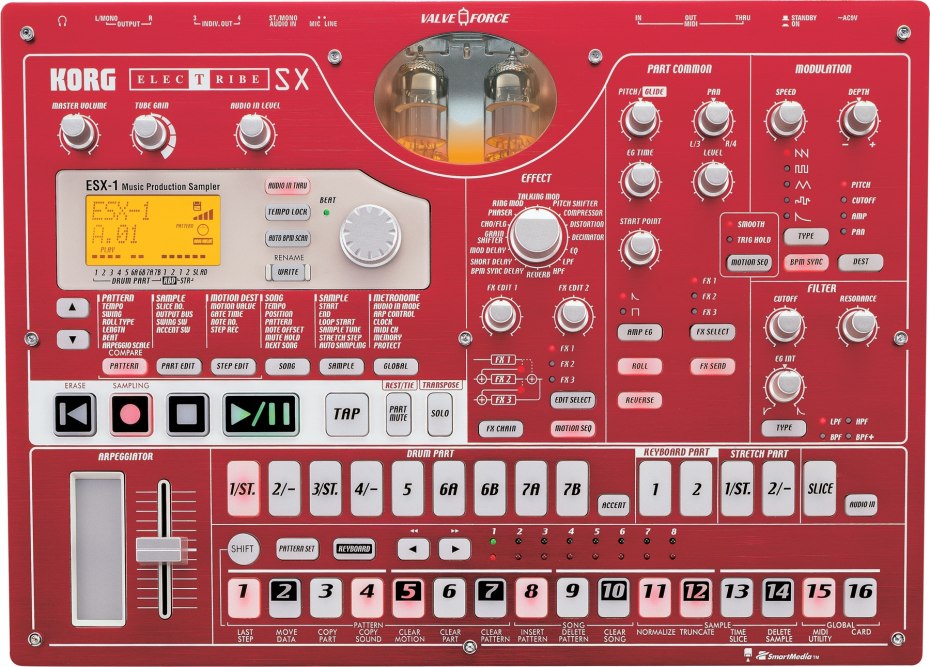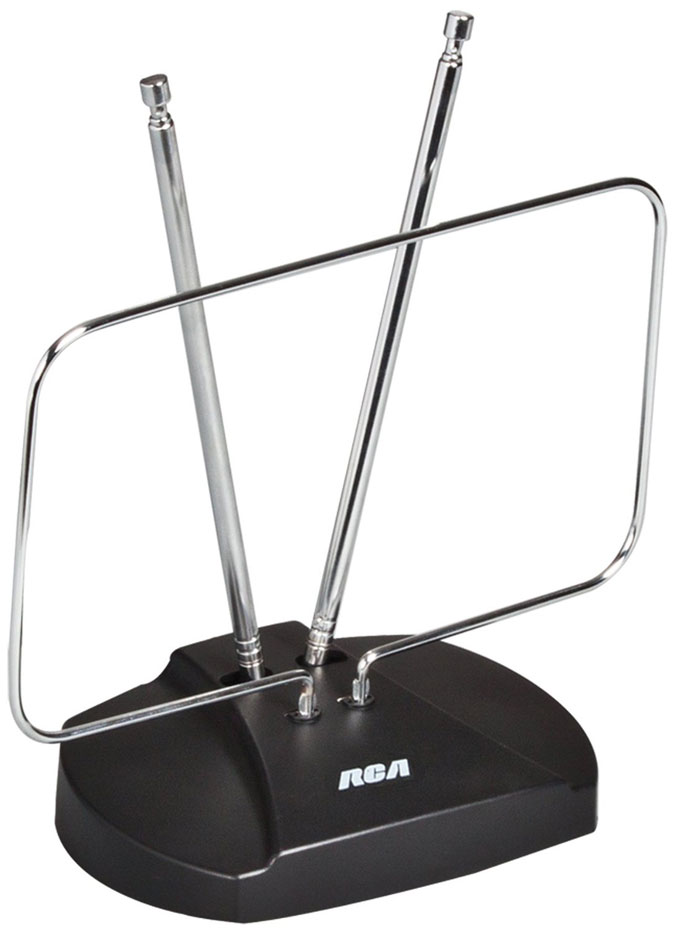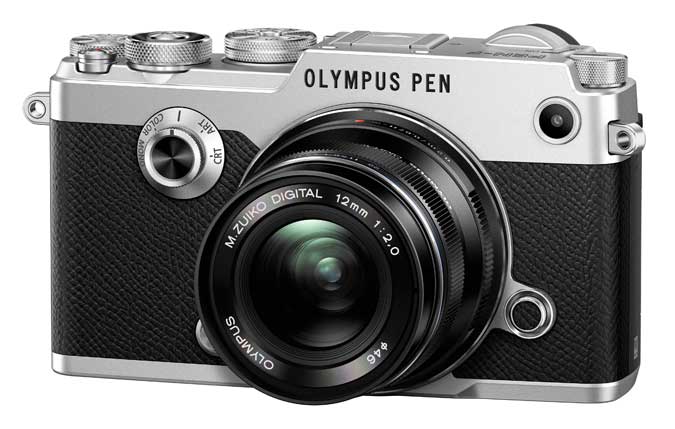Royer R-121 Review

The R-121 is clean, clear, and natural with an airiness that opened up the top end and let it breathe.
I was taught that ribbon mics were for brass… “Nothing better on a square wave.” Then came the 80s and 90s, and condensers became king. Brighter, edgier, raw… these were the hip adjectives. Warm? Fat? Booorrrring! Ribbon mics took their unpopular figure-eight pattern and settled for the little-used but oft talked about Mid Side miking technique. I would pull my old, tired, and out of style RCA 44 Jr out of the closet many times and suggest it, only for it to be rejected… I’m sure its feelings were hurt.
The times, they are a changin’. The new century (and brilliant, maverick microphone maker Dave Royer) brought ribbon mics back into popularity. Two companies, Royer and AEA, re-invented ribbons. AEA chose to recreate the classics. Royer made changes on old designs, and fixed the obvious obstacles of fragile elements and the need for loud mic pres. But the main thing was the sound. Keeping the best qualities of the older ribbon designs, fast transient response, and thick (please excuse the now-overused “warm” and “fat”) sound. Added to the big, but now tamed proximity effect, is clarity in high frequencies and the ability to handle high SPLs. Now, trumpets and trombones sound great but so do guitar amps. Orchestras had used them for spot mics but now stereo, ultra-responsive ribbons are put out front. They are used on vocals in pop music. They found their way back in front of drum kits as mono overheads, even inside of bass drums!
I was anxious to compare the Royer R-121 with my RCA. First of all, my mic sounds small and noisy next to the R-121. It has that distinctive midrange and transient response but pushing the volume just raises the noise. The R-121 in contrast is clean, clear, and natural with an airiness that opened up the top end and let it breathe. OK, enough of the “Sideways” silly wine talk. First I put it in front of my mic-snob wife, who thinks only certain mics are appropriate. Just her and a guitar with the mic about two feet in front (just enough to minimize the dining room ambience). She liked it! Then the RCA… not so much. Then on a Wurly A-200 through an amp it was a near tie. But, the R-121 in front of the same amp with a strat sounded great. On a djembe surprising bottom and great punch. Shakers… no harshness. I heard it on a recording as a mono overhead on a drum kit and it is the best.
The Royer R-121 is on my wishlist.










